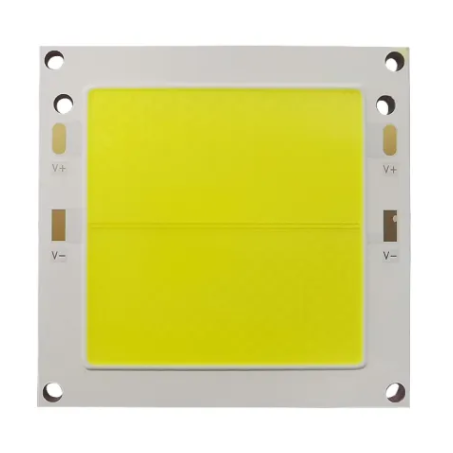How do high power LED lights differ from traditional lighting?
The lighting industry has undergone a remarkable transformation with the introduction of high power LED lights. These advanced lighting solutions have revolutionized the way we illuminate our homes, offices, and public spaces. In this article, we will explore how high power LED lights differ from traditional lighting sources, shedding light on the key distinctions that have propelled the rise of LED technology.
Light Generation Process
Traditional lighting, such as incandescent and fluorescent bulbs, relies on different mechanisms to produce light. Incandescent bulbs generate light by heating a filament until it glows, while fluorescent lights use ionized gases to create UV light that is then converted into visible light by a phosphor coating.
In contrast, high power LED lights operate based on a completely different principle. LED stands for Light Emitting Diode, and it functions by passing an electrical current through a semiconductor material. This process generates light directly within the LED chip, resulting in efficient light production without the need for heating elements or gases.
Energy Efficiency
One of the most significant advantages of high power LED lights over traditional lighting is their superior energy efficiency. Traditional bulbs waste a considerable amount of energy in the form of heat. In fact, incandescent bulbs convert most of their energy into heat rather than light, making them highly inefficient.
On the other hand, high power LED lights are highly efficient and convert a higher percentage of electrical energy into visible light. LEDs can generate the same amount of brightness as traditional bulbs while consuming significantly less electricity. This energy efficiency not only reduces electricity bills but also contributes to a greener and more sustainable lighting solution.
Longevity and Lifespan
Traditional lighting sources have a limited lifespan, with incandescent bulbs typically lasting for around 1,000 to 2,000 hours, and fluorescent lights ranging from 7,000 to 15,000 hours. These shorter lifespans often require frequent replacements and maintenance.
In contrast, high power LED lights have an impressive lifespan that far surpasses traditional lighting options. LED lights can last up to 50,000 hours or more, depending on the quality and usage. This longevity reduces the frequency of replacements, resulting in lower maintenance costs and fewer disruptions.
The Bright Choice: Exploring the Advantages of LED Spotlights
What are the advantages of using SMD LED lights?
Do LED downlights use a lot of electricity?
Are UV LED chips energy-efficient and long-lasting?
What are the benefits of LED track lighting?
What does smd led mean?
What is the importance of having a street light?
Instant On and Dimming Capabilities
Unlike traditional bulbs, which often require a warm-up period to reach full brightness, high power LED lights offer instant illumination. They reach maximum brightness immediately upon switching on, providing immediate light output without any delays.
Additionally, LED technology allows for seamless dimming capabilities. High power LED lights can be easily controlled and adjusted to create the desired ambiance or lighting levels. This flexibility is particularly advantageous in settings where different lighting moods or energy-saving options are desired.
Environmental Impact
High power LED lights have a significantly smaller environmental footprint compared to traditional lighting sources. LED lights do not contain mercury or other hazardous materials, which are commonly found in fluorescent bulbs. This makes LEDs safer to handle, dispose of, and recycle.
Furthermore, the energy efficiency of LED lights contributes to reduced carbon emissions. By consuming less electricity, high power LED lights help lower greenhouse gas emissions and contribute to sustainable energy consumption.
Conclusion
High power LED lights have transformed the lighting landscape with their remarkable advantages over traditional lighting sources. From their energy efficiency and extended lifespan to instant illumination and environmental benefits, LEDs have become a preferred choice for both residential and commercial applications.
As the demand for energy-efficient and environmentally friendly lighting continues to grow, high power LED lights offer a viable solution. Their ability to provide high-quality illumination while minimizing energy consumption and maintenance costs positions them as the lighting technology of the future.


Comments
0